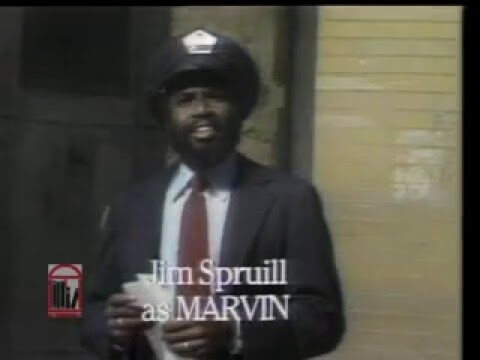Conspiracy theory: Cheers is a damn rip-off

In the pantheon of ensemble situation comedies, Cheers holds a special place. With its memorable characters and cozy titular setting, Cheers created a world audiences wanted to come back to again and again over the course of its eleven seasons. But what if it was all built on a lie? What if Sam Malone, Coach, and Cliff Clavin were just cheap facsimiles of someone else’s original idea? Well, that’s exactly the claim being levied in a compelling article in Boston Magazine, which explores the ways Cheers bore an uncanny similarity to a lesser known Boston sitcom called Park St. Under.
According to Boston, this theory is nothing new. It’s been litigated numerous times since Cheers hit the airwaves in early-80s but has yet to reach a satisfying conclusion. Even so, the evidence sort of speaks for itself: Park St. Under premiered in 1979, three years before Cheers, and centers around an underground Boston bar owned and operated by an ex-Red Sox player. Filling out the rest of cast is a “dark-haired employee with attitude; a world-weary civil servant working for the local government; an absent-minded old-timer offering comic relief; and yes, even a local psychiatrist.” The similarities are suspect to say the least.
Though the setting and cast sound eerily familiar, the show itself was a bit of an anomaly. It was a situation comedy produced specifically for local airwaves and a local audience. The story lines were topical and leaned heavily on Boston references, which made it an instant hit in its limited market. However, casting changes and failed attempts to appeal to a national audience ultimately led to the show’s cancellation.
A few years later, the creators of Park St. Under had the displeasure of watching their failed show seemingly repackaged and resold to great acclaim. “It was pretty much a copy,” head writer Arnie Reisman told Boston. “I was like, ‘Are you fucking kidding me?’” said Lanie Zera, one of the show’s actors. “Are they allowed to do that?” Initially, there were grumblings of a lawsuit, but, according to Boston, the cast realized they didn’t stand a chance against industry titans like James Burrows, who maintains Cheers was inspired by the 1940s radio program Duffy’s Tavern.
In the end, the similarities between the two shows, however many there may be, could just be superficial. The thing that made Park St. Under so successful was that it was a show for Boston, by Boston, and about Boston. Cheers, despite its setting, was never trying to be a Boston-centric show. It was always meant to appeal to a wider audience. So, while they may seem like mirror images on the surface, the hearts of the shows are fairly different.
You can read Boston’s full article here.
Send Great Job, Internet tips to [email protected]